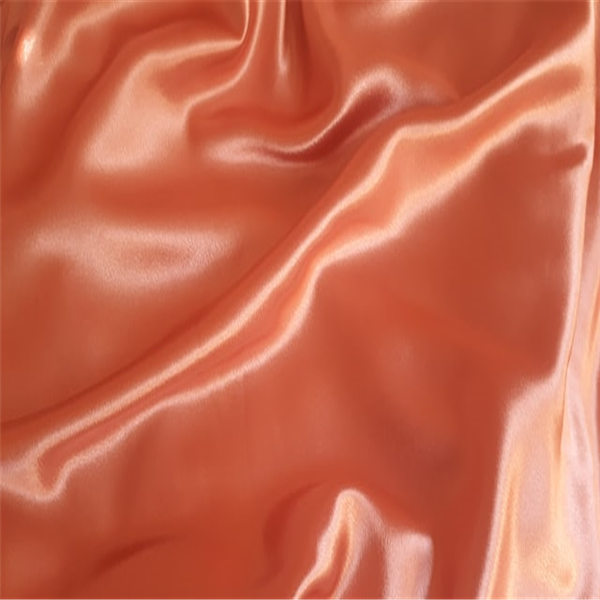Table of Contents
Satin fabric
Satin fabrics, which is called satin in Chinese, is commonly known as satin. Satin fabrics weave refers to that the floating lines of warp (or weft) are longer and the weaving points are less.
Although they form oblique lines, they are not continuous, and the spacing distance between them is regular and uniform.
This fabric structure form is called satin fabrics. It is characterized by good gloss, good drape feeling, soft hand feeling, silk like effect, but poor air permeability and water absorption.
Plain fabric
A fabric formed by weaving warp and weft up and down. Where the numerator represents the warp point and the denominator represents the weft point.
It is characterized by many interwoven points, firm texture, strong scraping, flat surface, light and thin, good wear resistance and good air permeability. High grade embroidered fabrics are generally plain fabrics.

Twill fabric
In a complete organization, at least three warp yarns and three weft yarns are intertwined with each other.
There can only be one weft warp organization point on each warp and weft yarn, and the oblique pattern is formed by continuous organization points on the fabric surface.
The utility model is characterized in that the organization chart is provided with oblique lines composed of warp organization points or weft organization points, and the fabric surface is provided with oblique weave lines composed of warp (or weft) floating lines.
There must be at least 3 warp yarns and 3 weft yarns in a tissue cycle forming twill.
The difference between the three fabrics
(1) The warp and weft yarns of twill fabric are interleaved less than plain weave, because the pores between warp and weft yarns are small, and the yarns can be arranged more densely, so the fabric is dense and thick.
(2) Twill fabric is softer and more elastic than plain fabric.
However, due to the long floating line of twill fabric, the wear resistance and fastness of twill fabric are not as good as plain fabric under the condition of the same warp and weft yarn thickness and density.
The cloth surface has obvious oblique lines, feel, luster and elasticity. Both bedding are useful. Plain weave is mostly used in yarn dyed fabrics, and twill is mostly used in printing.
It is a commonly used organization for four piece sets now. Because it is dense, this kind of cloth is often used as the inner sleeve of down quilt.
(3) Satin fabric is different from plain and twill in that the thread jumper is longer and the twill angle is smaller.
The strength of this kind of satin fabrics is lower than that of plain and twill fabrics. The fabric with the same count has higher Satin density, thicker and higher cost.
Extended data:
1. Common plain fabric
Varieties of cotton fabrics: plain cloth and poplin;
Wool fabric varieties: Valentine, pastry, tweed;
Varieties of silk fabrics: electric spinning, Georgette, taffeta, crepe de Chine;
Hemp fabric varieties: Summer cloth and hemp cloth;
Varieties of chemical fiber fabrics: Rayon cotton (viscose plain cloth), polyester spinning, etc.
2. Common twill fabrics
Cotton fabrics: twill, khaki, denim;
Wool fabrics: serge, gabardine, what flavor, uniform;
Silk fabrics: silk twill, beautiful silk, etc.
3. Types of common satin fabrics
Wool fabric: dress.
Cotton fabric: horizontal satin, straight satin.
Silk fabric: plain crepe satin, brocade and soft satin.



